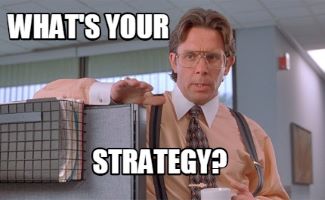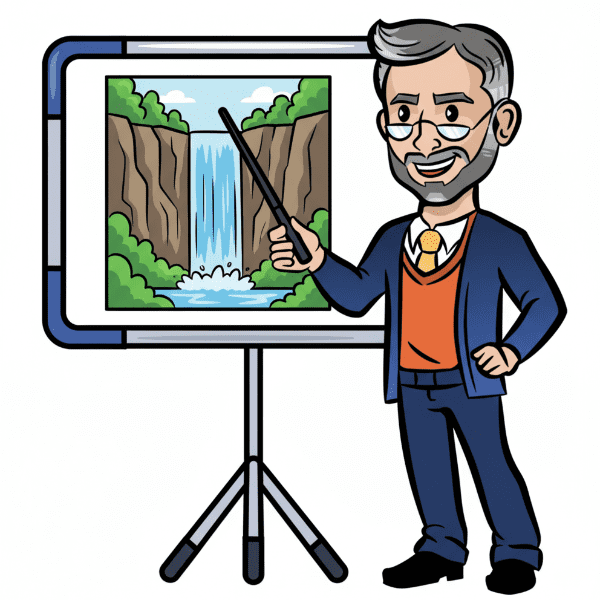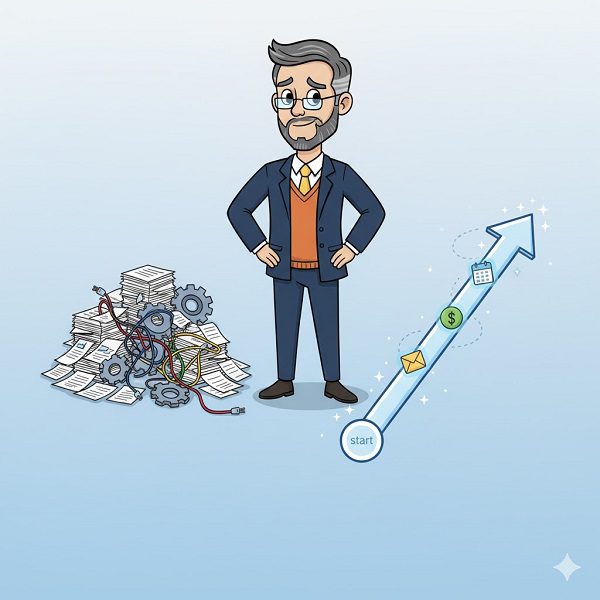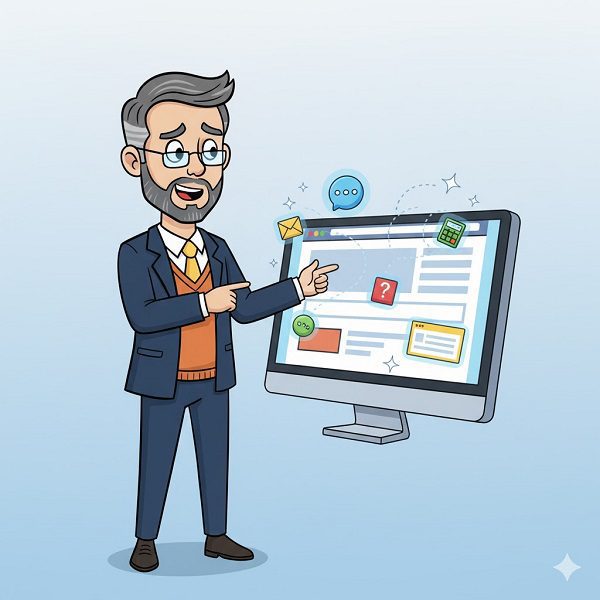Understanding the Waterfall Model
Waterfall is a traditional project management and software development methodology characterized by a linear and sequential approach. Projects progress through distinct phases—such as requirements gathering, design, implementation, testing, and deployment—where each phase must be completed before the next begins. This structure offers clarity and predictability but allows little room for changes once a phase is finalized.
Example in a Sentence:
The development team adopted the waterfall methodology, completing each project phase in sequence from initial requirements to final deployment.

Why Waterfall Methodology Matters
While agile methodologies are prevalent today, the waterfall model remains relevant in specific contexts:
- Predictable Timelines: With clearly defined phases, project timelines and milestones are easier to estimate and manage.
- Comprehensive Documentation: Each phase emphasizes thorough documentation, aiding in future maintenance and knowledge transfer.
- Structured Approach: The linear progression ensures that teams have a clear roadmap, reducing ambiguity in complex projects.
- Ideal for Fixed-Scope Projects: Projects with well-understood requirements and minimal expected changes benefit from this methodology’s rigidity.
Best Practices
1. Thorough Requirement Analysis
Invest time in gathering and documenting all project requirements upfront to minimize changes later in the process.
2. Allocate Adequate Time for Each Phase
Ensure each phase has sufficient time and resources to be completed thoroughly before moving on to the next.
3. Emphasize Quality Assurance
Since testing occurs after implementation, it’s crucial to conduct comprehensive testing to identify and address issues before deployment.
4. Use in Appropriate Contexts
Apply the waterfall methodology to projects where requirements are unlikely to change and where a structured approach is beneficial.
More Definitions
(From the Sales Funnel Professor Jargon Encyclopedia)
- CRM (Customer Relationship Management) – Strategies, technologies, and practices that a business uses to manage and analyze customer interactions and data throughout the customer lifecycle, aiming to improve customer satisfaction and retention.
- Sales Cycle – The series of predictable phases required to sell a product or a service, from initial contact to closing the deal.
- Stack – The combination of tools, technologies, and platforms that a company uses to manage and optimize its sales process.
Useful Posts
(From the Sales Funnel Professor Blog)
👉 Top-of-Funnel Marketing: Tactics and Tips to Grow Your Leads
Explore strategies to effectively attract and nurture potential customers at the beginning of their journey.
👉 Cold Emails Strategy Through Your Sales Funnel
Discover effective cold email strategies to enhance your sales funnel and engage your target audience.
👉 B2B Marketing Funnel Basics
Learn essential tips and advanced techniques for enhancing and refining your B2B marketing funnel.
Learn essential tips and advanced techniques for enhancing and refining your B2B marketing funnel.













